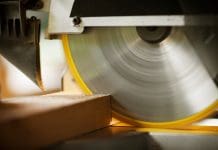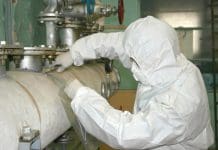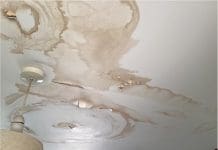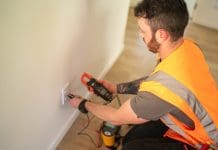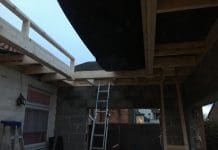Christian McCale, CDM and Safety Consultant, Innov8, highlights the importance of a proper face fit test for wearers of respiratory protective equipment.
Although the need for employers to take effective measures to protect the health of their construction workers and avoid exposure to airborne dust is well understood, I am increasingly coming across situations on sites where employers are either overlooking or ignoring their safety responsibilities in relation to respiratory protective equipment (RPE).
This is particularly the case, for example, when it comes to face fit testing for those workers who need to wear a close fitting mask for their work. A major cause of leaks is poor fit. Tight-fitting facepieces need to fit the wearer’s face to be effective.
To comply with a range of workplace health and safety legislation, it is, therefore, a requirement that face fit testing should be carried out as part of the initial safety mask selection process. This applies to all workers and subcontractors involved in such activities as cutting, sawing, sanding, plastering and similar work that is liable to produce dust and generate airborne particles.
Importantly, it’s not just those workers carrying out such activities, but those working in adjacent areas who will also need protective masks.
Face fit test
To prevent exposure to dust the Control of Substances Hazardous to Health (COSHH), the Control of Lead at Work (CLaW), the Control of Asbestos Regulations 2012 (CAR) and the Ionising Regulations (IRR) all require the proper testing of individuals to avoid the use of poorly fitting face masks.
Worryingly, perhaps because half face masks are relatively low cost and disposable, it would appear that some health and safety duty holders have become fairly blasé about the need to test.
However, it is stipulated in the legislation that face fit testing should be regularly undertaken to assess any change in equipment or the facial characteristics of the wearer that could affect the fit.
For example, the effects on wearers of facial weight gain or loss, significant dental treatment or other facial changes such as scarring could impact the ability of the mask to form a close fitting seal against the face which is required to reduce the risk of exposure or airborne dust.
A qualitative test can be undertaken on disposable half masks which involves a hood being placed over the head and shoulders of the individual. A solution is sprayed into the hood to test the mask wearer’s sense of smell and taste to detect any leaks in the mask’s seal.
A more precise quantitative test is used for all masks, including re-usable filter or cartridge half masks, powered respirators and full face masks. In this test, a machine is used to detect airborne particles passing through the mask and seals to provide a pass or fail result.
In both cases, it is a requirement of the legislation that records of testing are maintained, including the make, model and size of the mask – and the records must be available for inspection, which means that records should preferably be held on-site rather than at a head office location.
Principal Contractors often rely on the sub-contractors to undertake face fit testing and records may be requested when the risk assessment and method statements are provided. But what about when new or additional operatives from that sub-contractor come to the site, are their records also sent over?
It is advisable to keep a record of the face fit test with a site worker’s induction record. This way, it is clear which operatives have a face fit test record and which sub-contractors may not have them if they work adjacent to others.
Importantly the HSE recommends that the wearer needs to be clean-shaven around the face seal to achieve an effective fit when using tight-fitting facepieces and this can prove challenging for employers with workers on site that favour beards or designer stubble.
Workers have an obligation to assist employers
Ultimately, however, the employee also has a responsibility under the Health and Safety at Work Act 1974 to take reasonable care for their own and others’ health and safety while at work. Also, workers have a duty to co-operate to assist their employer to fulfil their legal obligations.
In these circumstances, it is worth remembering that different types and sizes of mask are available to ensure that adequate protection is achieved for all workers who need protection. In those situations where the wearer retains a beard on religious grounds, for example, it might be appropriate for an air fed mask to be worn to provide adequate protection.
The key message is that in all circumstances unless the mask is proven as fit for purpose then its use is entirely ineffective in providing the necessary respiratory protection.
On this latter point, the relatively low cost of disposable masks can encourage misuse and damage through wear and tear. Masks are often used for longer periods than they are suitable for, and damage can be caused when they are folded and put in pockets – and if thrown away replacement masks may not be chosen on a ‘like for like’ basis, meaning that close fitting properties can be compromised.
In such circumstances, alongside face fit testing, proper mask maintenance checks should be carried out to ensure that the RPE is providing the required levels of protection at all times.
The Health and Safety Executive (HSE) recently highlighted that an in-depth investigation showed only around half of companies inspected were effective in protecting the wearer through their use of RPE as a control.
The risk is clear – if the face fit isn’t good, then you could be leaving yourself open to penalties and enforcement action.
Note: The HSE Operational Circular OC282/28 gives advice and information on RPE fit testing methods and test results.
Christian McCale
CDM and Safety Consultant
Innov8 Risk Consultants
enquiries@lucionservices.com
www.lucionservices.com/companies/innov8-risk-consultants


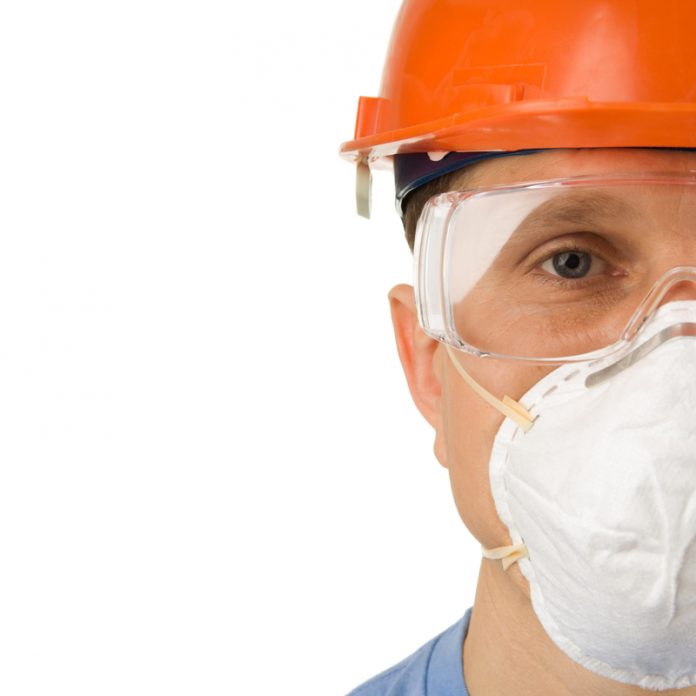
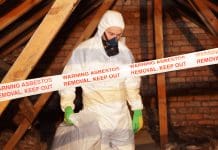
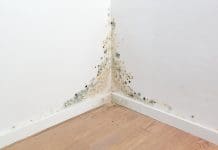

![[VIDEO]What to expect when you’re inspecting: Using DorTrak for fire door inspections](https://www.pbctoday.co.uk/news/wp-content/uploads/2025/02/maxresdefault-218x150.jpg)



